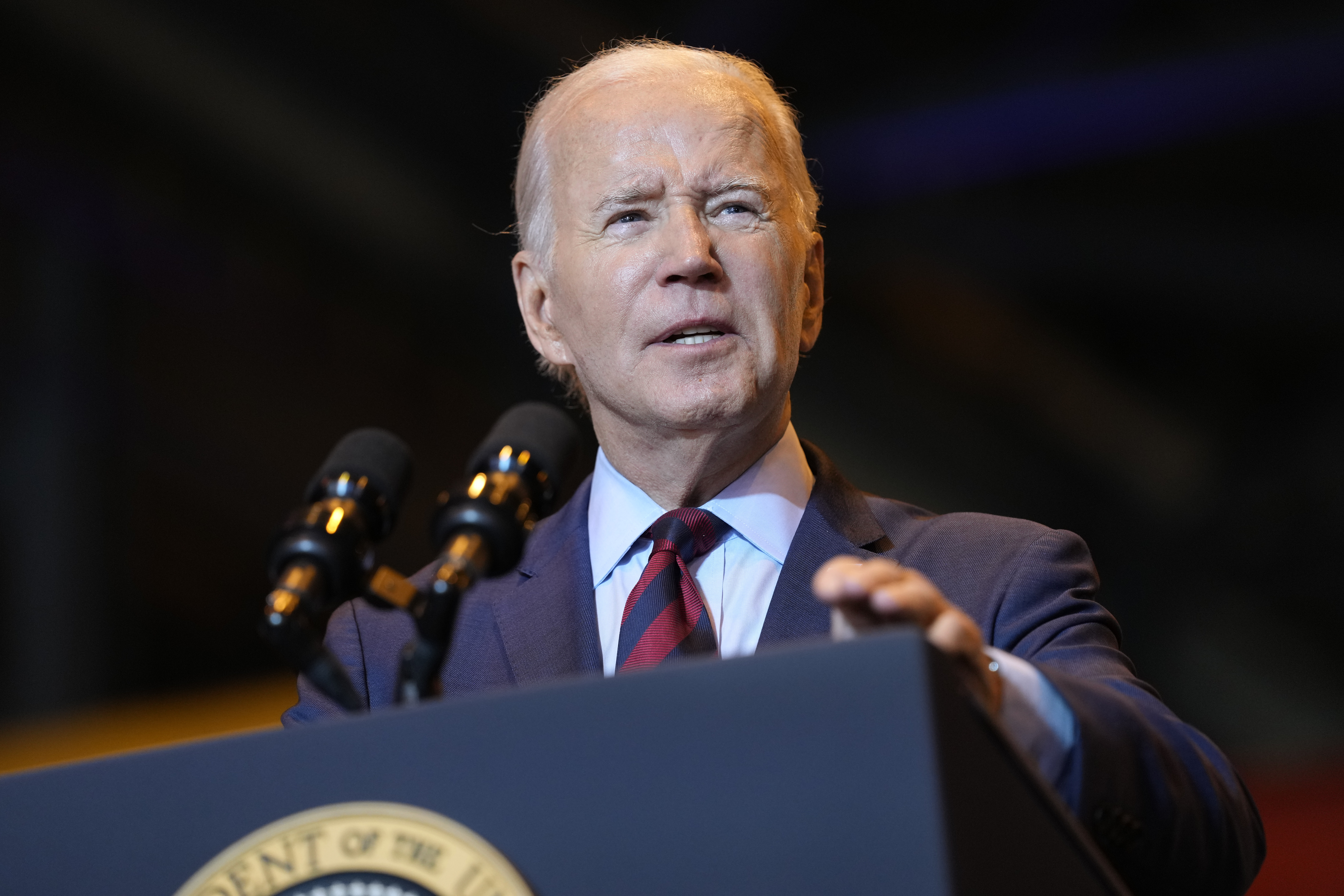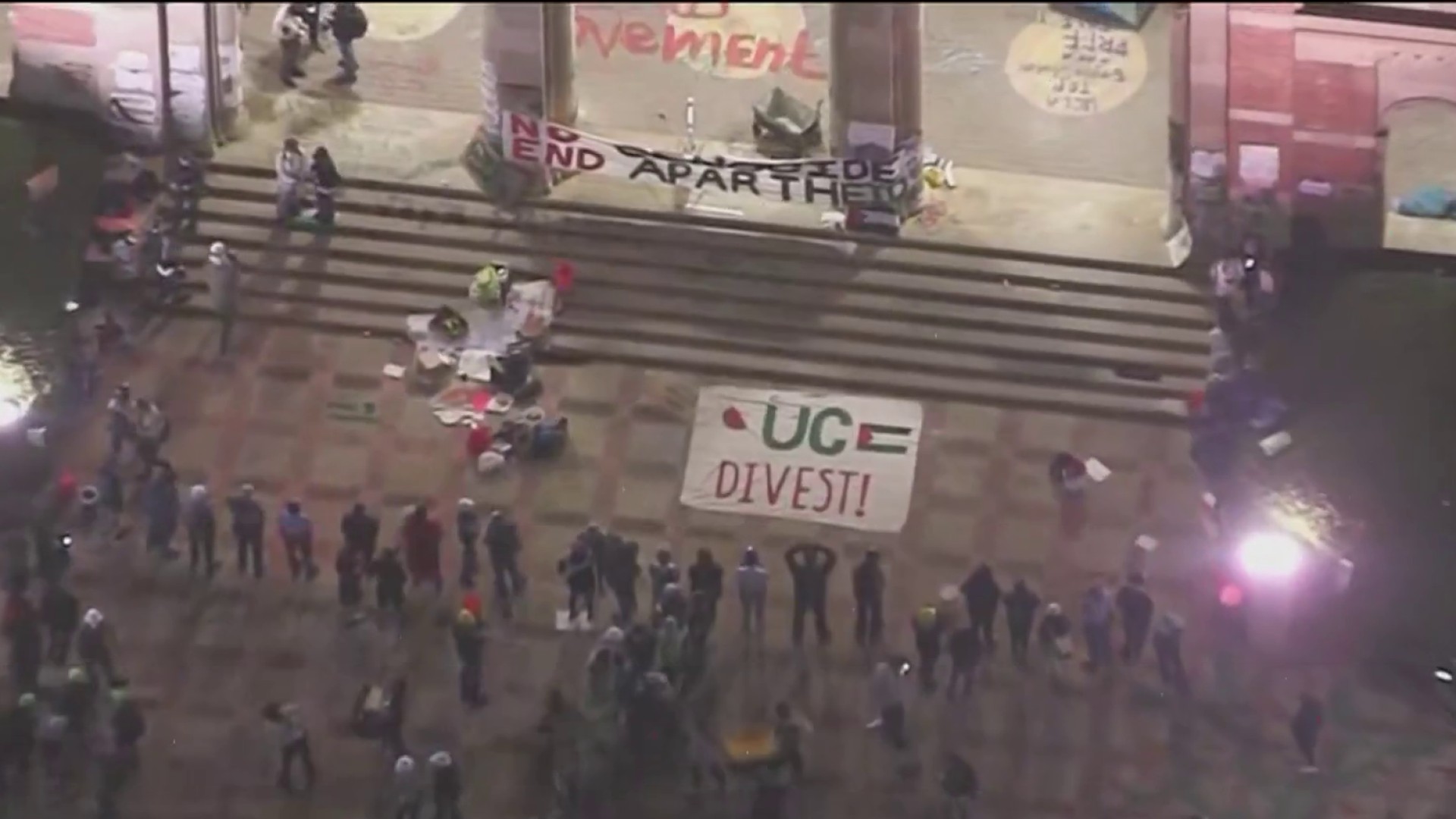As inflation continues to worsen the Bay Area's housing crisis, voters in half a dozen cities will get to decide on a slew of affordable housing ballot measures that take aim at the problem. Here are some of the propositions on the November 8 midterm ballot around the Bay:
Article 34 Elections
Berkeley, Oakland and South San Francisco are all asking voters for permission to build public housing sometime in the future. They're not asking to raise taxes, or proposing a specific development. They're literally just asking permission — something that's required under Article 34 of the California constitution.
California passed Article 34 in 1950, and no other state has anything like it. It says cities need voter approval to build affordable housing with public money. Critics have been calling it racist for decades, but courts have upheld it. So, for now, cities are using ballot measures like these to get permission from voters before they secure land, funding and contractors. State records dating back to the 1990s show that voters have approved Article 34 measures about 80 percent of the time.
Get a weekly recap of the latest San Francisco Bay Area housing news. Sign up for NBC Bay Area’s Housing Deconstructed newsletter.
In 2024, California voters will get to say if they want to repeal Article 34 entirely.
San Francisco's Two Competing Propositions
San Francisco already got permission from voters in 2020 to build affordable housing.
Local
Now, two competing ballot measures, Propositions D and E, are promising to cut through the red tape and get that housing built more quickly.
Proposition D comes from Mayor London Breed, and most of its funding comes from tech executives. The mayor says it could cut the time to build housing developments from six years to six months, for projects in which a significant portion of the units are marked as affordable, and the workers building them are all making a living wage. Prop D also raises the income threshold for some of those units, so more people can qualify to live in affordable housing.
Opponents of Prop D say they worry it's not picky enough: that it could end up fast-tracking a lot of small studios for middle income, young, single people, in buildings that also have luxury condos.
Proposition E was written by the Board of Supervisors, and it would fast-track some housing developments, but only the ones that meet very stringent requirements.
Compared to Prop D, a higher percentage of units would have to be affordable to qualify for fast-tracking under Prop E, and a certain number of those units would need to be 2- and 3-bedroom floor plans suitable for larger families. The workers who build the housing would have to be in a union. Prop E would keep a low income threshold, so not as many middle income renters would qualify.
Prop E's opponents say they worry the rules are too strict — and because projects under Prop E can still be held up for environmental review, they worry it leaves too much red tape, so the housing the city needs wouldn't actually get built.
Because they're so similar, only one of these propositions can win. If both get more than 50% of the vote, whichever one gets the most votes will become law.
So far, Prop D has raised more than $2 million, with endorsements including the Chronicle, the San Francisco Chamber of Commerce, the Chinese American Democratic Club and State Senator Scott Wiener.
Prop E has raised more than $700,000, with endorsements from the San Francisco Democratic Party, a number of labor unions, the Harvey Milk LGBTQ Democratic Coub, and Assemblymember Phil Ting.
Taxing Vacant Apartments
Of course, the quickest way to house more people is if the housing is already built. So, San Francisco and Berkeley are both asking voters if they want to put a big tax on land owners who let rental units sit empty for months or years at a time.
San Francisco's Proposition M comes from District 5 Supervisor Dean Preston, who estimates there are some 40,000 vacant apartments and condos in the city. The tax would aim to make it really expensive to keep units off the market — and if more units are for rent, proponents say, that could theoretically lead to lower prices. The money raised from the tax would go toward affordable housing.
Berkeley's Measure M is similar: both measures apply only to multi-unit buildings, and both have a tax that increases the longer a unit is off the market.
The San Francisco and Berkeley measures are modeled after a vacancy tax in Vancouver, Canada, that took effect in 2018. The rental market there has improved since then, though economists say the tax isn't the only reason why.
Rent Control in Richmond
For people who already rent a home, San Francisco and Berkeley each have some form of rent control. So does the city of Richmond — and there, Measure P could strengthen that law, giving Richmond some of the strongest rent control in the Bay Area.
Right now, landlords can raise the rent up to 6 percent on a rent controlled property, depending on the rate of inflation. Measure P would cut that in half to 3 percent — or less, if inflation slows down.
Inflation is, of course, the very reason the city council wanted to put this on the ballot. They say prices have gone up, and wages have not. Half of the people who live in Richmond are renters, so council members think this has a good shot at passing.
The formula specified in Measure P is the same formula that's now used to calculate rent control in Oakland.
Housing for Teachers
Rent control only works after you've moved in. And now, a South Bay school district is worried teachers won't move there in the first place if they can't afford the rent. So the Alum Rock Union School District put Measure S on the ballot: a school bond measure with one unusual feature.
In addition to funding classrooms and technology, Measure S would set aside money to build subsidized housing for teachers. School board members say they want to address a looming teacher shortage, by making it affordable for entry-level teachers to live in Silicon Valley.
Measure S needs a 55 percent vote to pass, and the local taxpayers' association is opposing it, questioning the need for new classrooms and more teachers in a district whose enrollment has been declining.
In an ironic twist, some experts have postulated that the drop in enrollment is happening because there's not enough affordable housing in the district.
Housing remains one of the Bay Area's defining issues, and these measures are a lot for voters to digest. We'll have complete coverage of what they decide as the results roll in on Election Night, right here at nbcbayarea.com.




